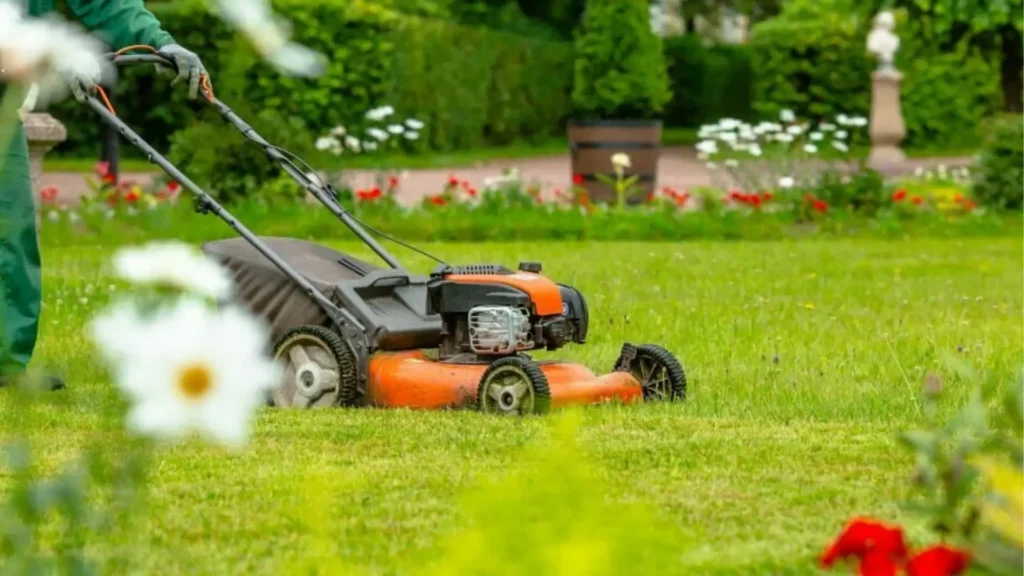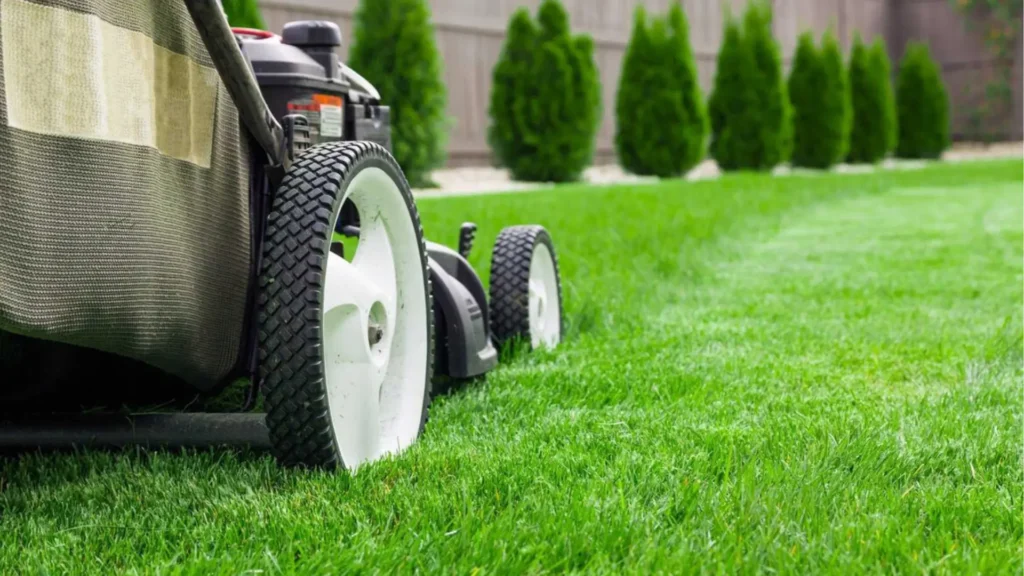The first step to a healthy lawn is knowing exactly what kind of grass you have. Know Your Grass. This is important because different types of grass will need different care, watering, fertilizing and mowing regimens in order to be healthy. This guide will take you through the easy steps on how to identify common grass types, the principles of lawn care being driven by your type of grass and tricks to keep your yard healthy no matter what time of year.
Why Identifying Grass is Important for Lawn Care
Understanding what type of grass you have in your lawn is crucial: Different grasses require different amounts of water, sunlight, nutrients and mowing height. Providing your lawn with the proper amount of care for its type of grass cultivates growth and desirable appearance. The wrong fertilizer or watering schedule can damage your grass or help it flourish below its potential. And when you know your grass type, you can save on the water bills by adjusting how frequently to water according to how much water that specific grass variety can go without.
How to Identify What Type of Grass You Have: Step by Step
Determining what kind of grass dominates your lawn is a crucial first step to properly caring for it. Grass identification is tricky, though, since many grasses look alike at first glance. We hope to simplify the process with this step-by-step guide that breaks down which attributes to follow when observing key grass features and how to use those to identify common grass types.
Determine Your Climate Zone
Your location, either warm-season or cool-season grass region will give some guidance on potential types of grasses. Hot southern climates are where warm-season grasses flourish. Cold season grasses are best suited to the cooler north.
Seek Out Seed Heads or Bloom Traits
The simplest way to identify grass is by its seed heads when the grass is in bloom. Seed heads vary in form, size and how they cluster. Look at the seed heads if they are visible first as an indicator.
Examine the Grass Blades
Look at the blade texture (fine or coarse), width and shape. Determine the shape of the blade tips (pointed, rounded or boat type). Observe the color of the leaves and whether they are hairy or rough.
Check the Growth Pattern
Determine if the grass spreads through above-ground runners (stolons), underground roots (rhizomes) or if it clumps with no spreading. This aids in setting grasses like bermudagrass (spreads by stolons and rhizomes) apart from bunch grasses.
Observe the Leaf Arrangement (Vernation)
Notice that the young leaf blades are folded or rolled within the bud. Those with rolled leaves, evidence that they are cool season grasses.
Look at the Ligule and Collar
The ligule is a tiny membrane, or sometimes fringe of hairs, where the blade joins the sheath. Its form and size differ between species, serving as additional identification.

Compare with Regional Grass Types
Compare what you see with typical grasses in your area. For warm-season grasses, look for bermudagrass, zoysia, centipede or bahiagrass. For cool-season grasses, try Kentucky bluegrass, fescues and ryegrass.
Get a Sample for Expert Help
If unsure, bring a sample of grass with its roots and seedheads to your underground cooperative extension office or nursery for identification.
Different Types of Grass
There are several varieties of grass adapted to various climates and lawn realities. Types of Grass There are two main types of grass based on growing season: warm-season grasses and cool-season grasses.
Warm-Season Grasses
- Bermudagrass: A dense, hardy lawn known for its drought tolerance and ability to spread through above ground runners (stolons) or below-ground rhizomes.
- Zoysia Grass: Heat and drought-resistant, zoysia has a slow growth rate but creates a dense carpet of turf.
- Centipede Grass: The low-maintenance grass grows best in slightly acidic, sandy soil, has a coarse texture and spreads slowly.
- Bahiagrass: Widespread in humid southern climates, bahiagrass features coarse texture and heat and drought tolerance.
Cool-Season Grasses
- Kentucky Bluegrass: Known for its fine texture and lush green appearance, this species spreads by rhizomes and makes a dense turf but thrives in full sun.
- Fescues: From tall to fine fescue, this family of grasses is shade-tolerant and more drought- and cold-tolerant than many cool-season choices.
- Ryegrass: Best suited for quick germination and durability, ryegrass is a common ingredient in seed mixes intended to fill in bare spots.
- Bentgrass: This variety, often found on golf courses, features fine blades and has a lusher look but requires more maintenance.
The right grass for you will depend on your local climate, soil type and how you use your lawn. Knowing these common varieties can help you keep your lawn looking its best all year long.
What if You Can’t Identify Your Grass?
Sometimes even knowing what type of grass is in your lawn can be difficult — especially if the grass is still young, or before it flowers. But don’t worry. With the proper tools and strategy, you can still maintain your lawn and get assistance finding out what type of grass you’re dealing with.

Start with Key Features
If classification is challenging, consider key characteristics in the collar region (ligule and auricles) of your grass first. These structures can often be seen, even when the grass itself isn’t in flower, and are very helpful for identifying it.
Collect a Sample
Collect a piece of grass (leaves, stem, roots if possible and seed heads). This will aid experts or local extension offices who can make an accurate identification.
Consult Experts
Take your sample to the nearest cooperative extension office, university plant science department or reputable nursery. They often provide free or low-cost identification assistance.
Use Identification Tools
Play with plant ID apps or web tools and upload your photos to help you identify grass.
Apply General Lawn Care
Until you learn what kind of grass it is, take care of it using the general good practices for common grasses in your area — adequate watering, mowing and fertilizing.
Observe Over Time
Grass is easier to recognize once it starts to flower, as you can see seed heads. Refer to identification attempts during this period for more exact identification.
Conclusion
In conclusion, identifying your grass is a crucial step in ensuring that on the lawn your turf gets the best care possible. Understanding your lawn, its identification, and type will guide you to the watering, mowing, and fertilizing routines to implement for a healthy green yard. In case you do not find it easy, feel free to seek assistance from local experts or use and identify your grass type online.
Revamping lawn is here to help you by providing expert advice and offering services that are in line with your turf type.
FAQs
The reason for figuring out a grass type is that it gives you the right grass care to keep the lawn alive and to have a nice green color.
Warm-season grasses are for very hot areas and summer is their best growing season. Cool-season grasses prefer cold haunts and they are mainly active in spring and fall.
Sure, you can check for leaf shape, texture, growth habits such as runners or clumps, and the collar area near the stem.
Some yards may consist of the mixture of different grass types. You should determine the dominant grass and treat it with normal lawn care methods.
Yes, there are several plant identification apps and websites where you can upload a photo to get help in identifying the type of grass.



